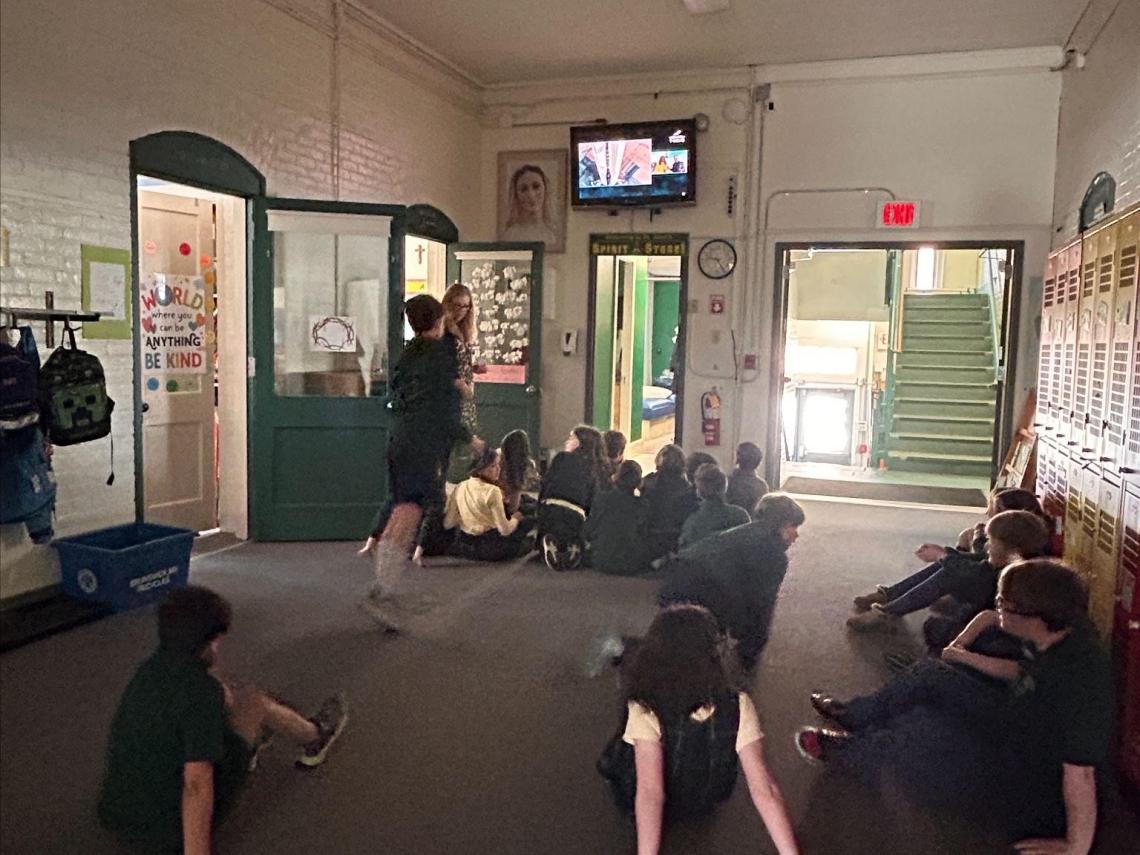St. John’s Catholic School research soars aboard historic all-female Blue Origin flight

A piece of St. John’s Catholic School in Brunswick, Maine, made history on Monday, April 14, as it launched into suborbital space aboard Blue Origin’s New Shepard rocket—marking the school’s second successful spaceflight experiment in two years. This time, their work flew as part of the first-ever all-female Blue Origin crewed mission, led by Lauren Sanchez.
The student-designed experiment was made possible through Teachers in Space, Inc., a nonprofit committed to bringing authentic space research into classrooms across the country. Students from St. John’s Catholic School gathered together to watch the launch live. It was an unforgettable experience to witness such a historic moment—especially knowing that the payload included an experiment designed by former St. John’s middle school students during their time at the school.
The launch is part of an ongoing journey in aerospace science at St. John’s. Currently, middle school students are preparing new experiments to be flown on a Zero-G flight on May 7—an opportunity to explore microgravity firsthand.
Middle school students at St. John’s played a direct role in designing the Blue Origin experiment, proposing original hypotheses, crafting schematics, and selecting sensors for the CubeSat’s payload. With guidance from Teachers in Space, students engaged in real-world engineering, building their experiment to meet strict static-free and precision fabrication standards.
Their experiment investigated three environmental variables during suborbital flight:
- Temperature Hypothesis: If the rocket is launched into suborbital space, then the temperature inside the pressurized cabin will first decrease, then increase, due to atmospheric changes during ascent and descent.
- UV Radiation Hypothesis: If the rocket remains within Earth’s ozone layer, then UV radiation exposure inside the pressurized cabin will remain stable.
- Environmental Sensor Hypothesis: If the cabin is pressurized and stabilized, then gyroscope, accelerometer, and barometric pressure readings will remain relatively constant.
“This kind of hands-on experience is transformative,” said Karin Paquin, science teacher and project advisor at St. John’s. “When students realize their ideas can actually fly to space—literally—it changes their sense of what’s possible.”
Students expressed awe and pride at seeing their work reach such heights.
“Space has always seemed like a surreal place,” said 7th grader Aria. “Seeing kids from a small state like ours design real experiments is just really cool.” 6th grader Gracelynn added, “It’s inspiring to see you can do something like this no matter where you come from. As a woman, it inspired me.”
This historic launch not only highlighted progress in gender equity within aerospace but also underscored the power of student-led STEM education. The St. John’s team’s work shows that when students are given the tools to explore, create, and question—the sky is not the limit.
It’s an exciting time for space education in Maine. If you’re interested in learning how to bring projects like these to your own classroom or school, be sure to attend the CS Summer of Fun sessions at Husson University in Bangor this summer, where Karin Paquin will co-lead workshops on implementing space science experiments in the classroom.
Caption: Students at St. John's school gather in front of a tv to watch the Blue Origin Launch.









